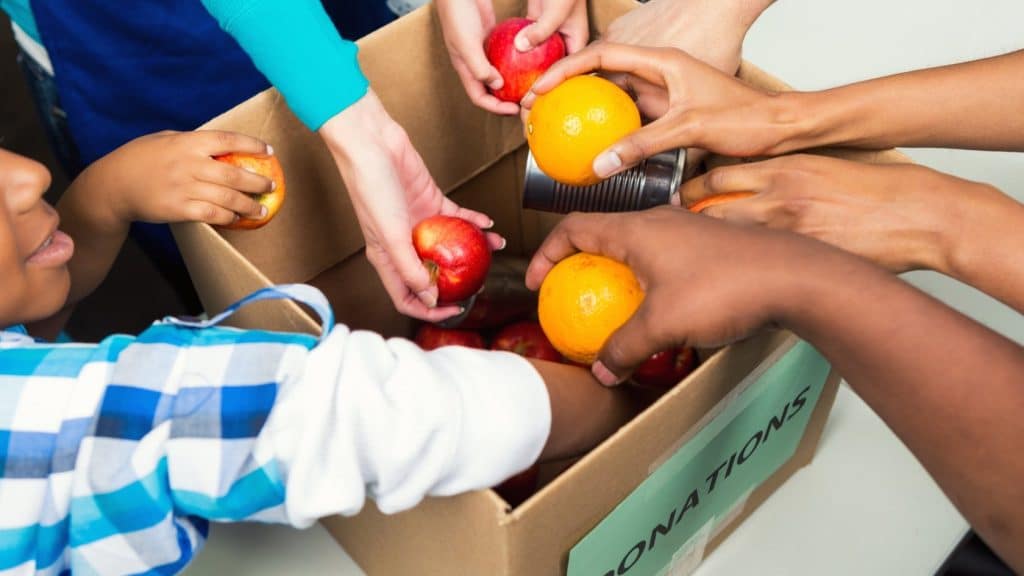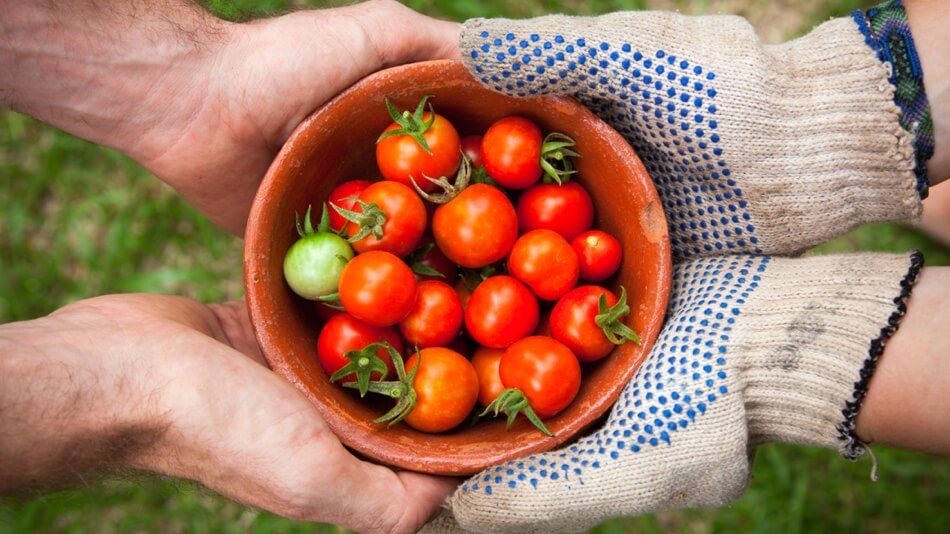(originally posted at GrowingAGreenerWorld.com)
One of the most important factors to growing healthy vegetable plants is to make sure the soil is loose and drains well. Once you feel like you’ve got the soil right, it’s important to check the pH. Almost all vegetables grow best in a pH range of 6.0-6.5. There are kits you can purchase at your local nursery or garden center, but in my experience, they don’t provide the level of accuracy I’m comfortable depending on. Therefore, I’m a big fan of having soil tested through your local cooperative extension service. For only a few dollars, you’ll get lots of helpful information about your soil, which is provided in an easy to read report. It includes not only the pH level, but also information on how to improve your soil to provide optimal growing conditions.
Preferred growing seasons
Each vegetable has a preferred growing season. A vegetable that grows well in the summer won’t even begin to perform in the winter, and visa-versa. That’s why vegetable crops are classified as either “warm season” or “cool season” crops. As we enter into the warm season, I will focus on some of the most popular vegetables to grow, and share a few tips along the way. Included in the list of southern favorites are beans (pole, bush, snap, and lima), corn, cucumbers, cantaloupe, eggplant, southern peas, okra, peppers, squash (summer and winter), sweet potatoes, tomatoes, and watermelon.
“Warm season” crops should be planted outside, after the risk of frost has passed. Check with your county extension agent to find the frost-free date for your area. Many gardeners get a jump on the planting season by starting their crops indoors, weeks in advance of this date. Then by the time the risk of frost has passed, they’ve got seedlings ready for planting. Well almost. This is assuming they’ve “hardened-off” their plants to acclimate them to the outdoor climate. Plants started indoors, such as in a greenhouse, or basement, are accustomed to warmer temperatures. Without gradually getting them used to the cooler, and sunnier conditions of outdoors, the plants could suddenly die. Conditioning them over a week or so, by extending the length of time they are exposed to their ultimate environment, will give the plants a much better chance of getting off to a good start, once they’re planted outdoors.
Use common sense
If you are buying seedlings from a nursery or garden center, use common sense as you shop for your plants. Of course, avoid any plants that look sickly. These are suffering in some way, and if purchased, you may be bringing home a disease, or pest which may spread to other plants or crops in your garden. If you don’t find healthy looking plants, don’t buy them. As you’ve surely seen, vegetable plants are sold in many places around mid April, so you’re sure to find some healthy plants at another location. Also, you might want to inquire from the store manager when their first, or next shipment of plants is due to arrive. This way you will avail yourself to the freshest plants the store has to offer.
Read the label
Once your seedlings are ready to plant, the best general information is to read the label that came with the plant, or on the seed pack. Not all plants are put in the soil the same way. Many plants are planted at the same depth as the root ball. Other plants are planted more deeply, such as tomatoes. It pays to do your homework, especially if you are looking for great results the first time. However, I’ve learned as much about gardening from my failures, rather than my successes. Of course, there is no substitute for planning and preparing, but don’t be afraid to experiment if you’re unsure. The worst that can happen is that you have to replant, or wait until next season. Both are very forgiving options.




